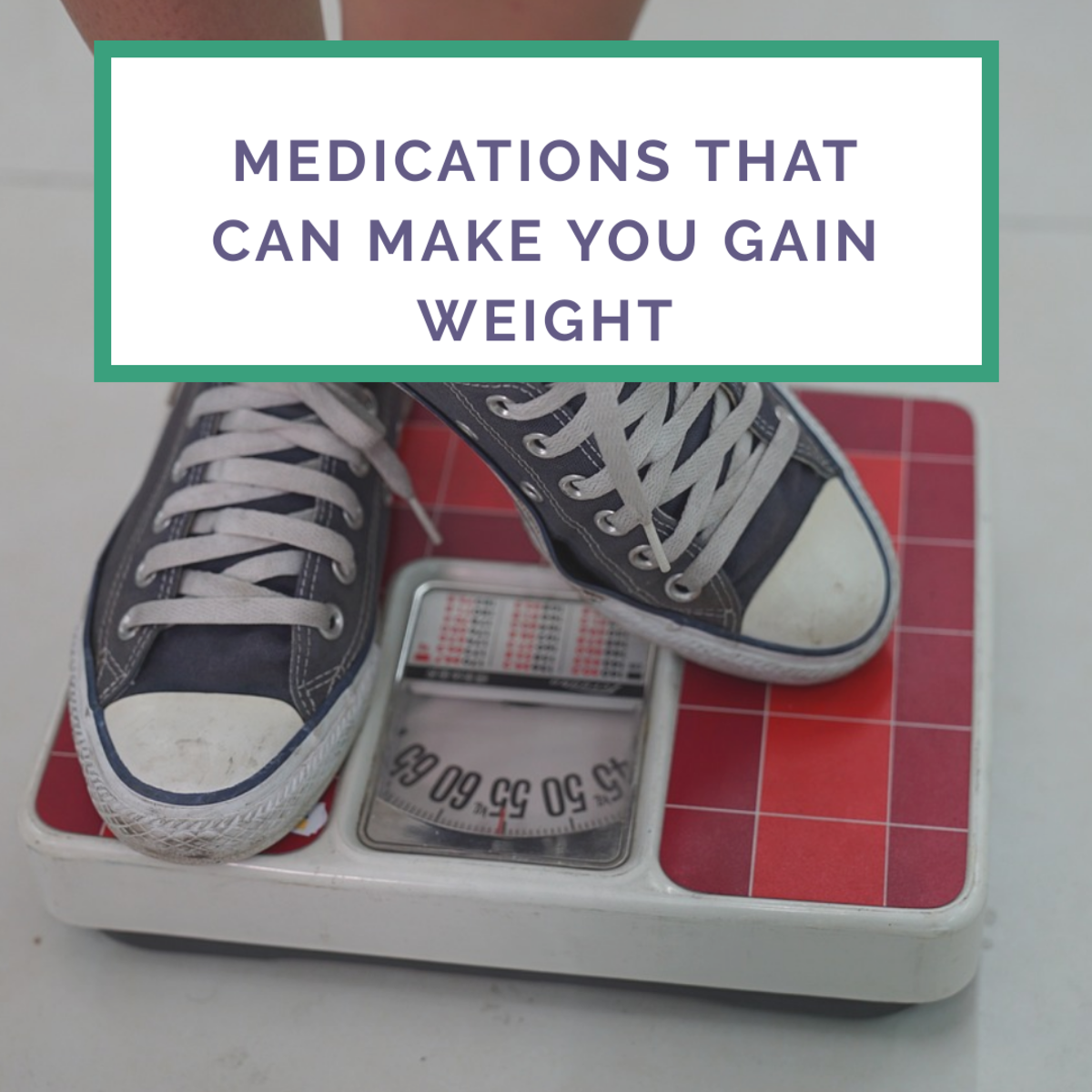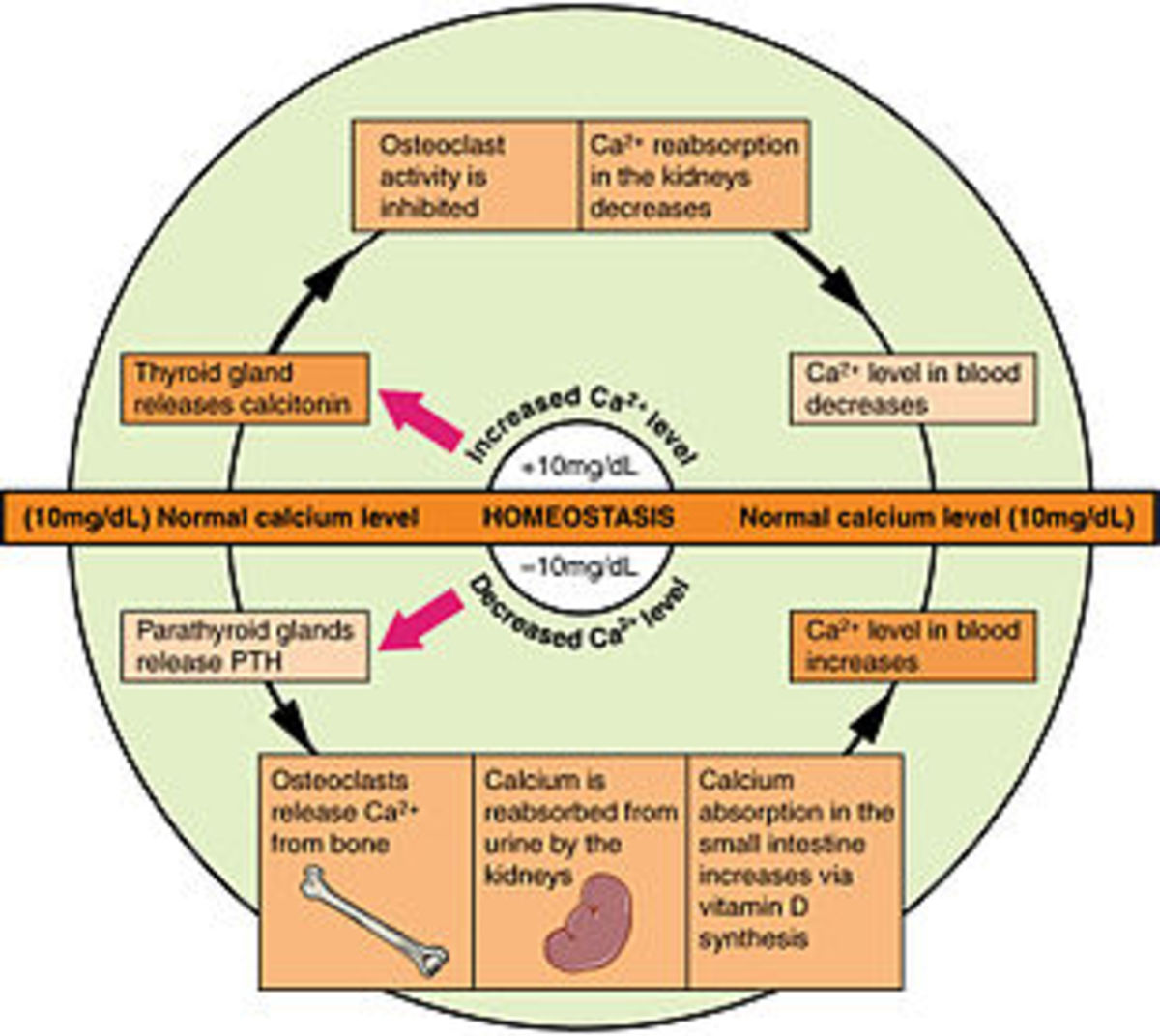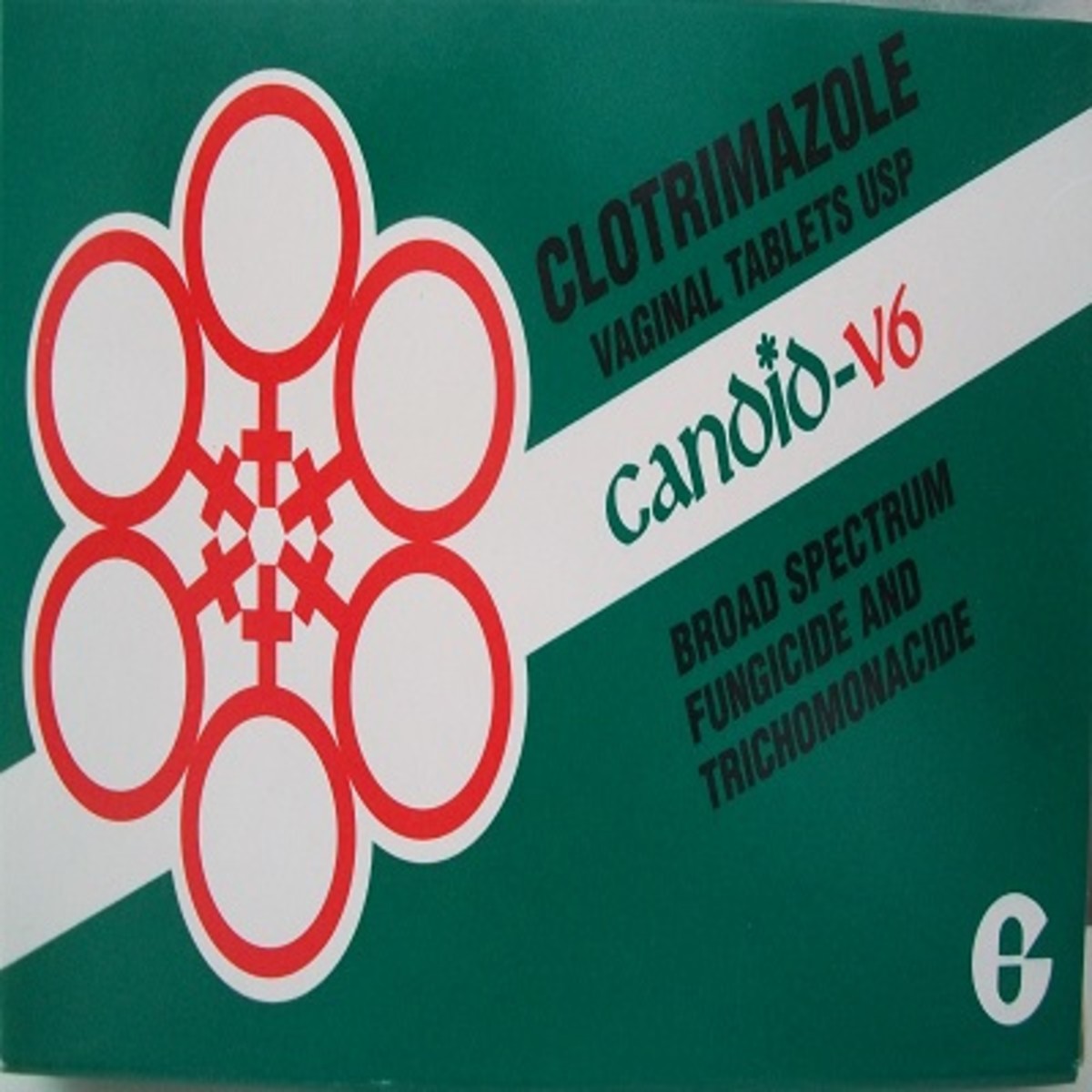Proper Storage For Medications
Keep Your Medicine Healthy

Why The Concern?
Any medicine - whether it is prescription or non-prescription should always be properly stored. All manufacturers will always print proper storage temperatures on the container. Pharmacists, doctors, nurses and especially end users should take these temperature requirements seriously.
The FDA has established specific guidelines regarding storage temperatures in order to ensure the prescriber, the dispenser and the patient that the medicines used to treat ailments will perform as expected for the best results for all involved.
Temperatures Make A Difference

What Temperature?
In general the majority of solid and liquid dosage forms may be comfortably stored at temperatures between 58 F and 86 F - However, you still must read the manufacturer's label to verify this. Just assuming that your medicine fits into this generalization is not being very smart. There are a lot of exceptions to this general rule - so, if you want to make sure that you are storing your medicines at the proper temperature - read the label. Some medicines have a much narrower range of temperatures and frequently many will require that they be refrigerated. Even those that require refrigeration may differ from 50 F to being kept frozen. Again - read the label and store at recommended temperature.
Open Shelving

Where To Store?
Another concern about proper storage is where to store your medicines. In the pharmacy there are specific legal requirements established by the government on storage conditions, including locked storage for specific medicines such as narcotics and certain stimulants. To facilitate quick and easy acces to the majority of medicines the pharmacist will utilize open shelving which makes it easy to locate and retrieve medicines for dispensing.
Secure Storage


Secure and Safe
Securing narcotic and stimulant medicines is another issue in the pharmacy - again with specific requirements set down by State and Federal regulations. Inventory control is always an issue in the pharmacy with any medicine but more so with strict control of quantity and location of these often abused medicines. State laws restrict access to this safe to pharmacists only and no other pharmacy employees.
In the home storage is commonly very casual and many medicines are left laying around carelessly. This should be corrected - not only to avoid children easy access to these potent medicines - but again - to assure proper temperature and light storage conditions. Many medicines should not be kept in open light, thus the use of light tight containers by the pharmacist with child safety caps. Excess humidity should also be avoided, thus making the bathroom and kitchen not the best places to store your medicines. Many families use locked containers placed high in other cabinets which accomplishes the goal of storing their medicines 1) in a cool dark place 2) high and out of the reach of children 3) out of sight of nosy persons who may use your bathroom.
Storage Resources
The Goal
Proper storage of your medicines assures you that your medicines will retain their potency for the maximum time possible - thereby providing you with consistent therapy outcomes. We take medicines for various conditions - some chronic such as high blood pressure and diabetes, and others for acute conditions such as headache and pain. Everyone wants their medicine to do the best job possible so that whatever condition we are treating - we will gain the maximum benefit.








